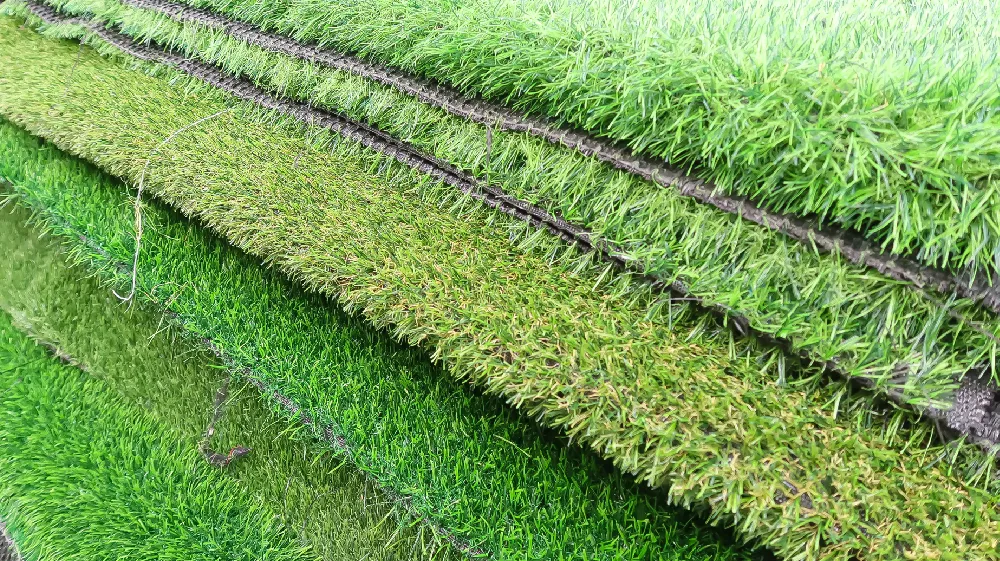
- Afrikaans
- Arabic
- Belarusian
- Bengali
- Czech
- Danish
- Dutch
- English
- Esperanto
- Estonian
- Finnish
- French
- German
- Greek
- Hindi
- Hungarian
- Icelandic
- Indonesian
- irish
- Italian
- Japanese
- kazakh
- Rwandese
- Korean
- Kyrgyz
- Lao
- Latin
- Latvian
- Malay
- Mongolian
- Myanmar
- Norwegian
- Persian
- Polish
- Portuguese
- Romanian
- Russian
- Serbian
- Spanish
- Swedish
- Tagalog
- Tajik
- Thai
- Turkish
- Turkmen
- Ukrainian
- Urdu
- Uighur
- Uzbek
- Vietnamese
Choosing the Best Turf Grass for a Perfect Golf Course Lawn
Nov . 30, 2024 03:39 Back to list
The Importance of Quality Turf Grass in Golf Courses
Golf is a sport that not only requires skill and precision but also the right environment for optimal play. At the heart of a golf course's performance lies its turf grass—an essential component that influences gameplay, aesthetics, and maintenance. The selection of the right golf turf grass can significantly enhance the overall experience for players and contribute to the sustainability of the course.
Types of Turf Grass
Various types of grass are used on golf courses, each with its unique characteristics that suit different climates and golfing needs. The two primary categories include cool-season grasses and warm-season grasses.
1. Cool-Season Grasses These grasses thrive during the cooler months, typically found in northern regions. Some common varieties include Kentucky Bluegrass, Perennial Ryegrass, and Tall Fescue. Cool-season grasses are ideal for fairways and greens in these areas, providing a lush and vibrant playing surface. They are known for their rich color and ability to recover from wear and tear, making them perfect for high-traffic areas.
2. Warm-Season Grasses In contrast, warm-season grasses flourish in southern climates, where temperatures are higher. Varieties such as Bermuda Grass and Zoysia Grass are popular choices for golf courses in these regions. They typically grow robustly during the summer months, forming a dense mat that offers excellent ball rollout and playability.
Benefits of Quality Turf Grass
The choice of golf turf grass affects several critical aspects of the golf course experience
1. Playability Different types of grass provide different playing conditions. Fast greens are achieved with finely mowed, well-maintained turf grasses, allowing golfers to enjoy a smooth putting surface. The playability of a golf course can influence a golfer's technique and enjoyment, making turf choice crucial.
golf turf grass

2. Aesthetics A beautifully maintained golf course is visually appealing and enhances the overall experience for players. Quality turf grass presents vibrant colors and a uniform appearance, contributing to the course's aesthetic value. This is especially important for courses that host tournaments or attract tourists.
3. Durability High-quality turf grasses can withstand the stress of foot traffic, equipment use, and environmental conditions. With proper maintenance, they can resist diseases and pests, ensuring the longevity of the course. This durability not only reduces maintenance costs but also minimizes the use of chemical treatments, promoting a more environmentally friendly approach.
4. Erosion Control Turf grass plays a crucial role in preventing soil erosion. The root systems of grass help to hold the soil together, particularly on slopes and in areas susceptible to runoff. This aspect is vital for maintaining the integrity of the golf course landscape and surrounding ecosystems.
Maintenance Practices
To ensure that the golf turf grass remains in optimal condition, regular maintenance practices are necessary. This includes mowing, aeration, watering, fertilization, and pest management. Mowing techniques must be adjusted according to the season and grass type, while aeration helps improve soil compaction and promotes healthy root development.
Watering is another critical factor; over-watering can lead to disease, while under-watering can stress the grass. Sustainable practices such as utilizing rainwater collection systems and efficient irrigation methods can help conserve water and promote healthy turf.
Conclusion
In conclusion, the choice of golf turf grass is a vital aspect of golf course management that influences playability, aesthetics, and maintenance. By selecting the appropriate type of grass for the local climate and ensuring proper care, golf course managers can create challenging and enjoyable playing conditions for golfers. As sustainability becomes increasingly important in all aspects of life, maintaining quality turf grasses that minimize environmental impact will be essential for the future of golf. Investing in quality turf is not just about aesthetics or playability; it is a commitment to preserving the integrity and beauty of the natural landscapes enjoyed by players worldwide.
-
The Benefits of Artificial Turf for Indoors
NewsJul.15,2025
-
How Artificial Grass Suppliers Ensure Quality Products
NewsJul.15,2025
-
Artificial Grass and Pets: A Space for Relaxation
NewsJul.08,2025
-
Balcony & Outdoor Decoration with Artificial Grass
NewsJul.08,2025
-
Best Indoor Artificial Grass for Home
NewsJul.07,2025
-
Best Pet Turf for Dogs: Safe & Durable Artificial Grass Options
NewsJul.07,2025
Products categories









